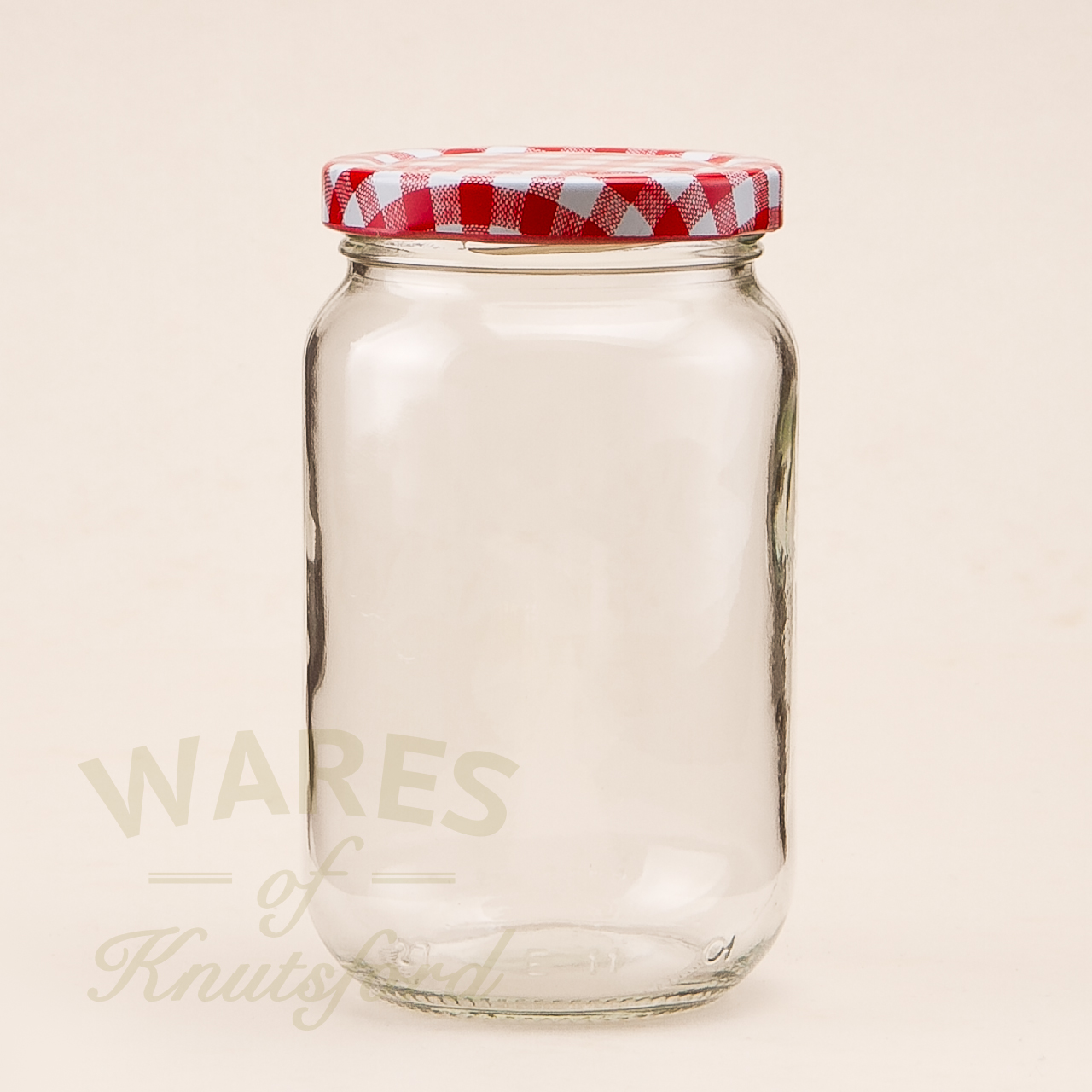The Basic Principles of Jam Making
Posted by Wares of Knutsford on 16th Oct 2018
It is the time of year when we are all busy preserving our fruit crops.
We cannot think of a better way to do this than to make jam!
Jam Making Ingredients
Fruit should be picked dry. If there is an unexpected shower of rain, stop picking and resume once the fruit is quite dry again. Fruit swollen with water has less pectin and acid, both important to successful jam making.
For the same reason, avoid washing soft fruits if possible - raspberries, blackberries and the like, harder fruits like gooseberries and plums are fine to be washed.
Always use sound fruit and slightly under ripe or 'firm ripe'. Over ripe fruit will lose shape and flavour and it contains less acid and therefore causes setting problems. Good acid levels increase flavour and brighten the colour of the jam. So, try to use fruit of a similar early ripeness and size for your recipe so that each fruit cooks at a similar rate and has plenty of acid.
When preserving fruits low in natural acid such as strawberries and cherries use a recipe that includes lemon juice (for added acid) which will make all the difference. Gooseberries, plums, damsons and currants naturally contain higher acid levels.
Jam Jars And Equipment Required To Make Jam
Jam Jars are available in numerous shapes and sizes. Our most popular jam jar is the old favourite- the 1lb sized jam jar supplied with a heat sealable lid in a variety of colours.
Glass jars and all equipment should be absolutely clean and free from cracks or chips. Ideally the equipment should be sterilised at the same time as the cooking of the fruit and filled as soon as as the recipe is complete and whilst still warm from the oven.
Use a good heavy bottomed, wide pan or a specifically made 'jam pan'.
Use a wooden spoon that you have scalded in boiling water. Be careful not to lose it in your pan of jam! A funnel with a nice wide neck is useful for decanting into the funnel.
Top Tips For Jam Making
Don't make too much in one go, your pan should be only half full with all ingredients.
Warm your sugar in a low oven ( along side your jars for sterilising) before adding to the fruit. This helps it dissolve more readily and once it's in - keep it moving? Never stop gently stirring whilst the pan is on the stove. Remove any scum that floats to the top just before decanting ( a lesson for life).
Simmer fruit first ( the time depends on the fruit and it's skin) before adding the sugar and once the sugar is added and completely dissolved (check the back of your spoon for granules) boil rapidly and stir well until setting point is reached - on average 10 - 15 mins is right.
Setting point ( time to fill the jars) can be assessed by removing the pan from the heat and putting a small amount onto a chilled saucer for a couple of minutes to cool. Push the liquid with your little finger and look for small wrinkles in the skin. This is the setting point ( 103 - 105 ⁰C if using a jam thermometer).
If setting point is not reached , pop back onto a rapid boil for another 5 minutes and try again. As soon as the setting point is reached, fill the glass jam jars whilst they are still warm out of the oven and are freshly sterilised. Seal each jar in turn before moving onto the next.
Wait to label the jars until your jam is cool, or they will fall off!
Store in a cool, dark place and enjoy!



